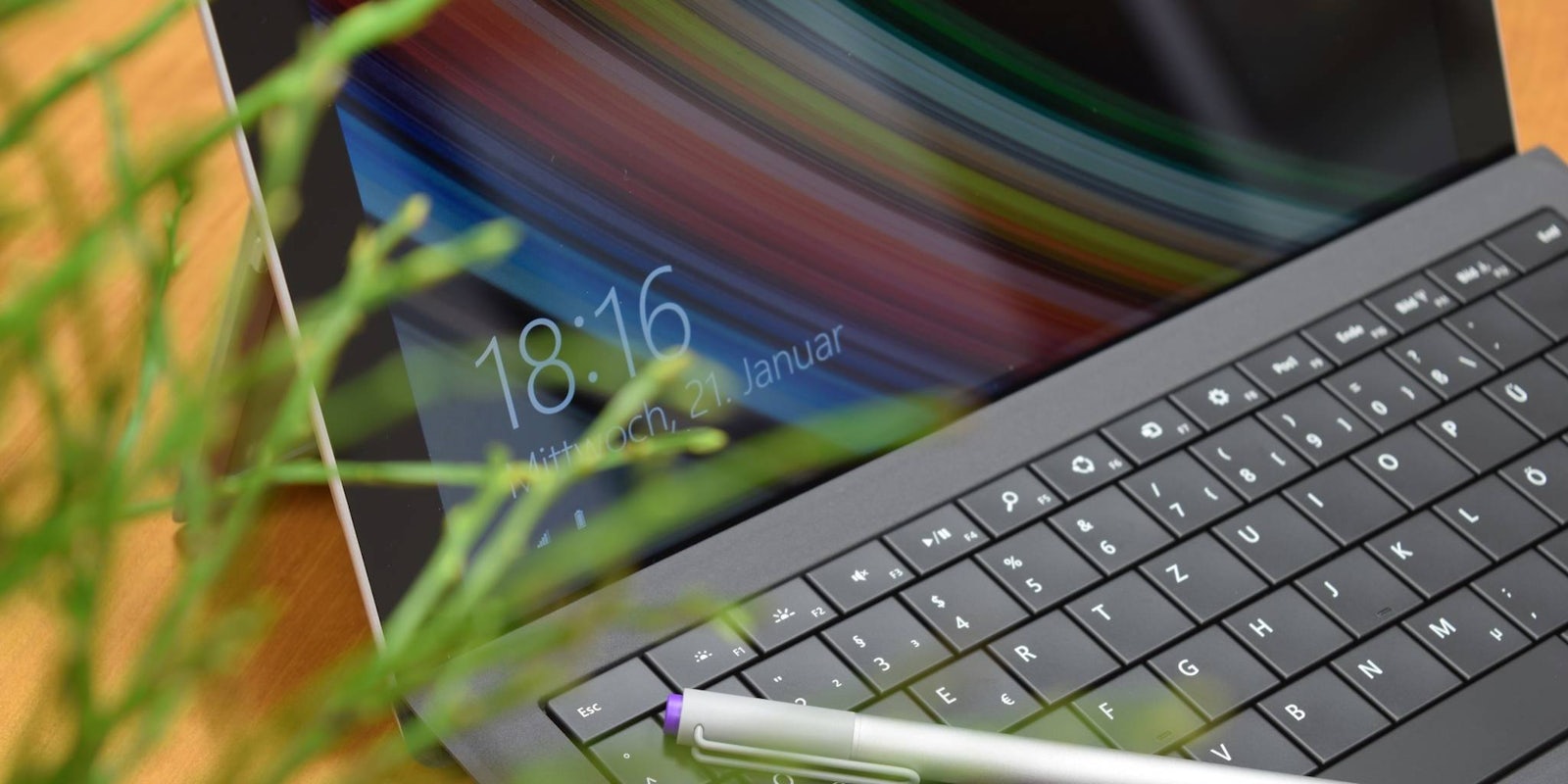Earlier this week, Microsoft released the anticipated Windows 10 update to millions of users worldwide. But for tablet users who had become accustomed to Windows 8, the new tablet mode in Windows 10 feels like a step backwards.
With Windows 8, Microsoft tried to gel the desktop and tablet experiences, making both flow smoothly and interchangeably. It was a forward-thinking idea, but one that was too drastic for many. Windows 10 is clearly an attempt to win the hearts and minds of those who were turned off by Windows 8.
While Windows 8 tried to unify the tablet and desktop experiences, Windows 10 tries to separate it.
This is most evident by having to actually activate a “tablet mode.” When clicking on the notifications icon on the bottom right corner of the desktop, users can go into tablet mode. In it, the experience is much closer to Windows 8’s Metro UI, an array of live tiles and all.
In tablet mode, things start to fumble. The main issue is the inconsistency with the virtual keyboard. If you’re using a touchscreen device, having a virtual keyboard is absolutely vital. Imagine trying to browse the Internet on your phone without the keyboard opening. The device would become absolutely unusable.
Currently in Windows 10, opening up some desktop programs in tablet mode will not produce a virtual keyboard for typing. At least users should be able to touch a keyboard icon at the bottom right-hand corner to bring up a virtual keyboard, right? While in tablet mode, the icon does not exist.
While in a tablet app—like Microsoft’s new Internet browser, Edge—the keyboard often will not populate. Even if that were written off as more growing pains for a new operating system, it’s still rather annoying.
Granted, users can add the keyboard icon down on the task bar while in tablet mode, but to not have it default is asking too much of everyday consumers.
For users who have laptop/tablet hybrids, like the Surface Pro 3, Windows 10’s experience feels disjointed—even more disjointed than Windows 8. While in tablet mode, it’s impossible to go into the desktop, like in Windows 8. The “tablet that can replace your laptop” is now just the tablet that can replace your laptop some of the time. Windows 10 lost that seamless interaction between desktop and tablet experiences that Windows 8 got right.
There are also a few performance issues within tablet mode, like random shutdowns, not being able to slide brightness settings (now it’s simply a toggle between 25, 50, 75, and 100 percent), and some app scaling issues.
There are a litany of pen issues as well, but considering most Windows tablets don’t include a pen, we won’t go into too much detail here.
In the quest to make a more desktop-friendly OS, did Microsoft not give enough attention to its tablet users? Well, Windows 10 was in public beta via the Insider Program for 10 months with 4 million participants. According to users on Reddit, some did send Microsoft feedback on tablet mode shortcomings, but appeasing longstanding Windows 8 tablet fans may have not been the first priority for Microsoft.
And it may have paid off. Look at the massive success Windows 10 is having in terms of install numbers. With nearly 70 million installs, clearly users are more than willing to leave the classic design of Windows 7 for the updated-yet-familiar Windows 10.
Ultimately, there’s still much more than can be done to make Windows 10 better overall, especially for tablets. Microsoft is going to have to take critical feedback seriously to appease customers who shelled out hundreds of dollars on Surface and other touchscreen devices. But for now, Windows 10 feels like a step forward for desktop and a step back for tablet.
Photo via PetrOlly/Flickr (CC BY 2.0)


